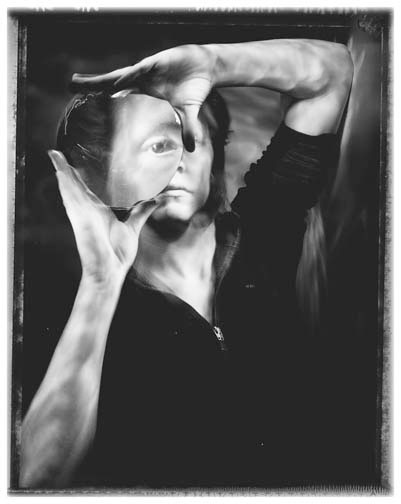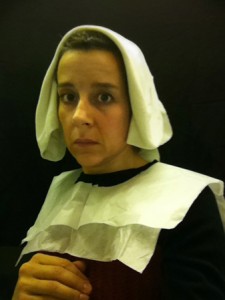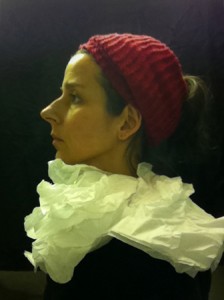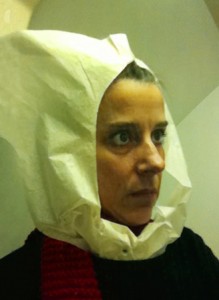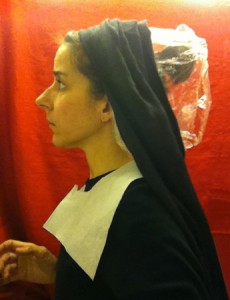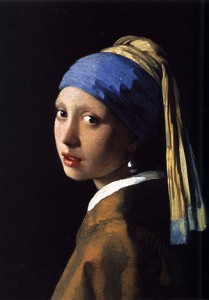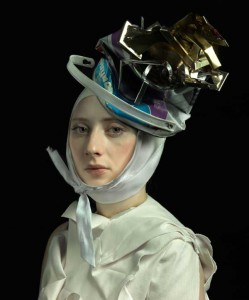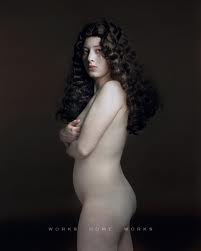While the advent of 35mm roll film cameras heralded a whole new era in photography, the emergence of digital photography has done the same. One casualty of the ever-increasing ease in picture-taking is the time we spend looking at the scene in front of us before we press the shutter. This hurry-up approach was as true when 35mm cameras were first introduced to the marketplace as it is today. Put a digital camera in my hands, and I'll click away quickly and thoughtlessly with the best of them. (Burst mode, anyone?!) However the benefits of slowing down, of first spending time just looking at what is in front of us before we shoot, should not be ignored. This was brought home to me when I read "The Most Powerful Artwork I Have Ever Seen", an article about cave paintings by art critic Jerry Saltz. Saltz and his wife visited the Niaux Caves in France in 2008, and the experience became a seminal moment for him in his understanding of art. The part of the article that spoke to me about the importance of spending time looking, though, was the following excerpt:
"...we came to what felt like a large, irregularly shaped cavern. I can still feel cool currents on my face. We were in the "Salon noir." Everything remained silent; our guide pointed her light to the ground so our eyes could adjust. After a moment, she wordlessly shined the beam upward. A never-ending clap of thunder sounded inside me; one reality was replaced by another...
Nothing [in the paintings I was looking at] seemed only imagined; everything felt observed, studied, thought about, recorded.
These are the paintings of people who looked at mammals for over 30,000 years - far longer than all of recorded history combined. I was seeing visual wisdom, the hard work of looking and taking the time and trouble to make exact renditions of what one watched. Looking at these images, I began to know things we don't know anymore but still know in our bones. These astounding levels of visual intelligence tell me that had these people wanted to make only symbolic images of their mysticism and magic, they could have...The clap of thunder that sounded for me in the caves was that the world outside and around these people was the same as the world that was inside them."
How odd it seems that today's art students need to be taught to "learn to see", when this was a fundamental requirement for survival for the earliest humans. Observing the color and shape of things, the ebb and flow of weather and tides, the behavior of prey, tasting unfamiliar plants and animals to see if they were edible- doing all of this built up a body of knowledge that enabled Homo sapiens to thrive. They thus gained the kind of innate understanding about their world that most of us sorely lack in the 21st century.
One of the reasons I like working with large- and medium-format cameras is that they require me to slow down. I simply can't work quickly with them. They demand that I consider carefully the scene in front of me, which is not something that happens with smaller, lighter cameras. Sometimes I will spend long hours looking for a shot that eludes me, and I won't make any exposures. But that time is not wasted, for it gives me practice in looking, and, hopefully, seeing. Taking the time to be fully present in the world around me is something I should be doing on a daily basis. And slowing down, regardless of the type of camera I have in my hands, would benefit my work greatly.

